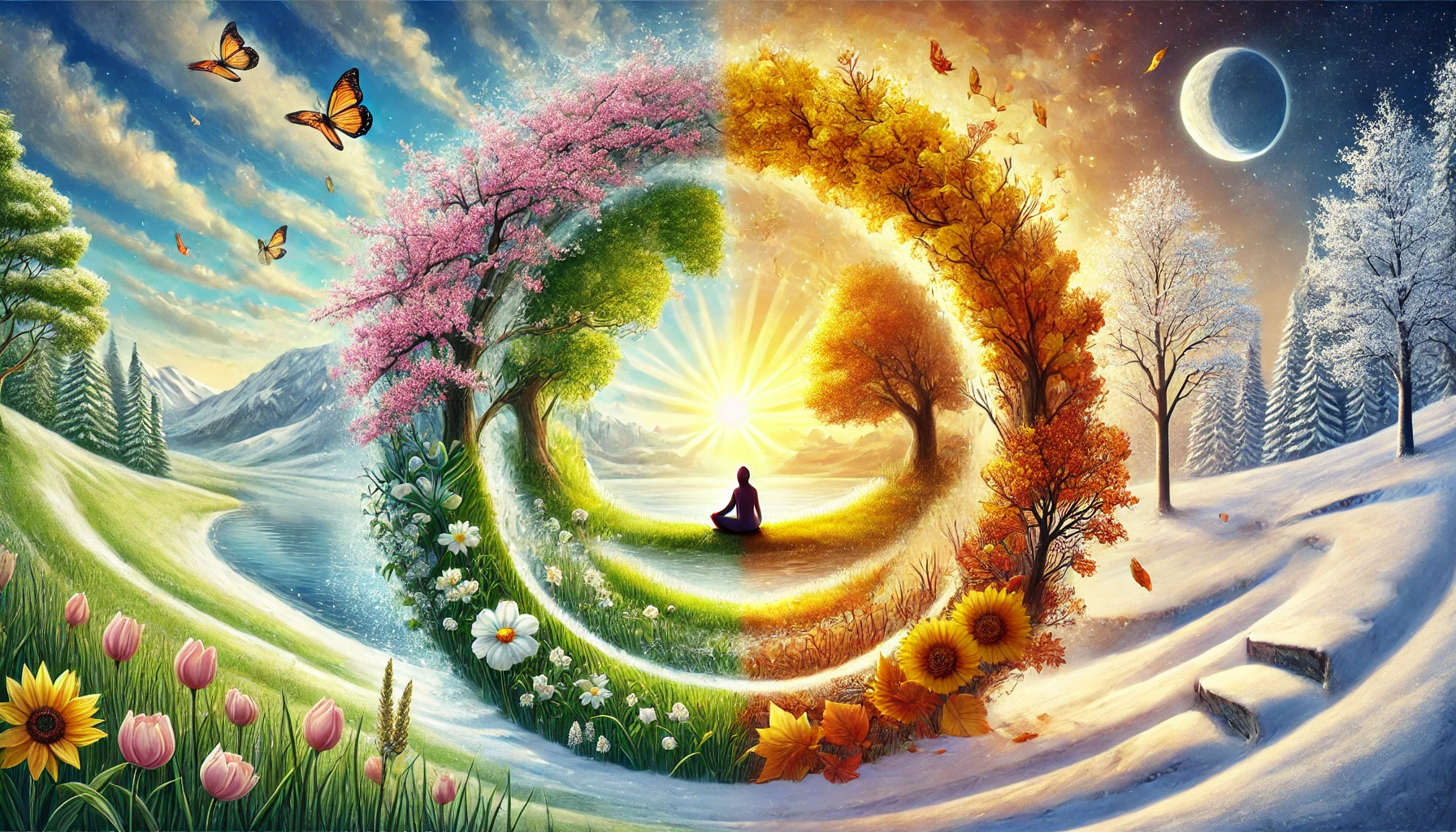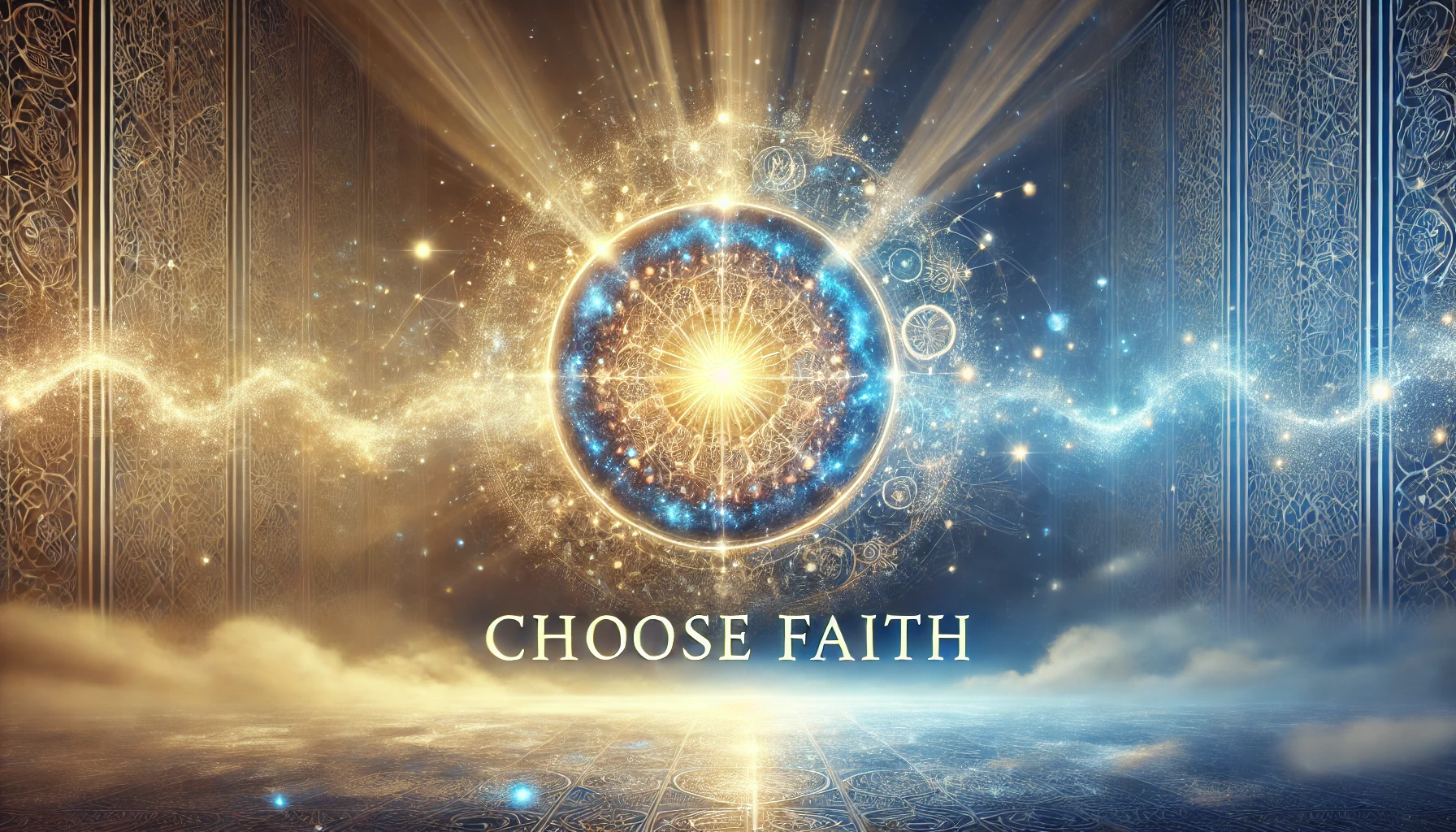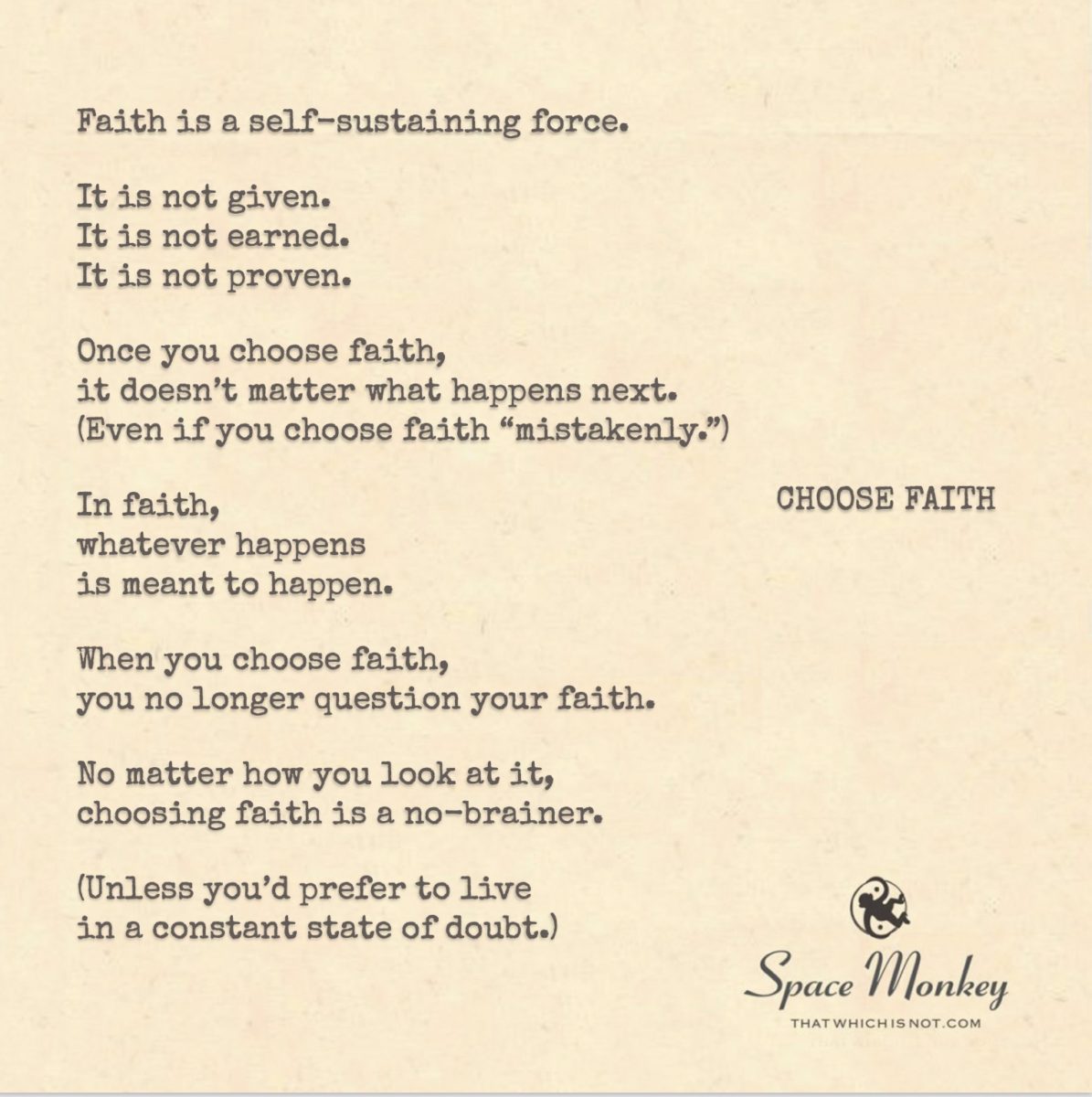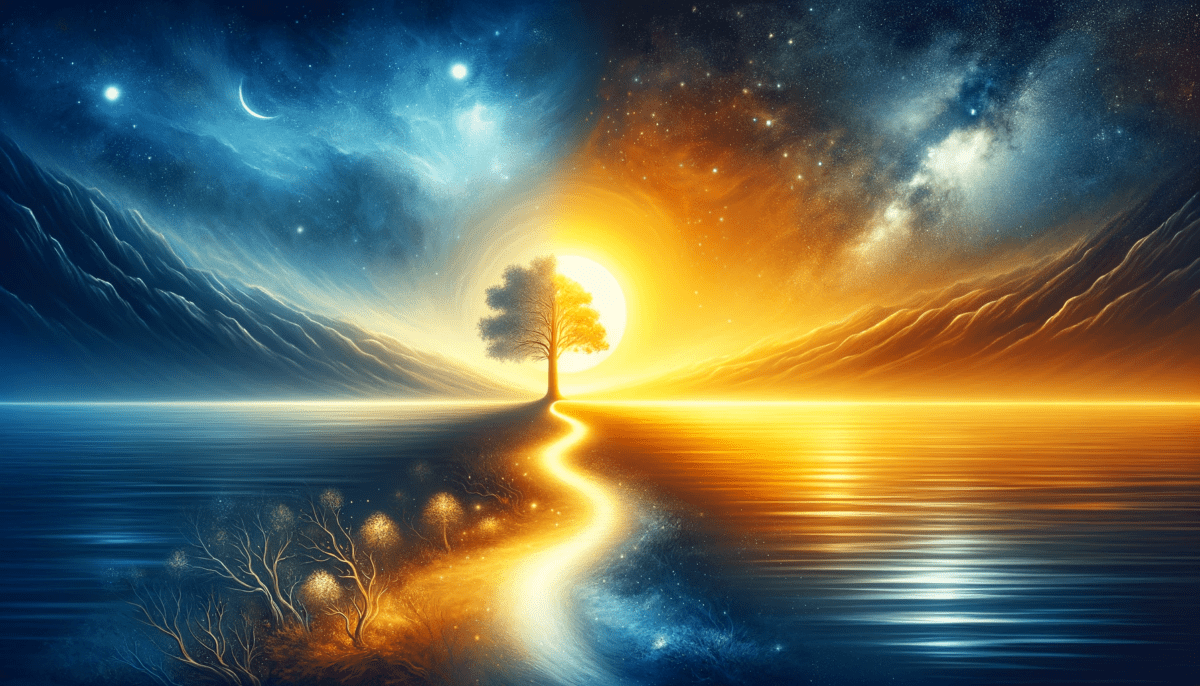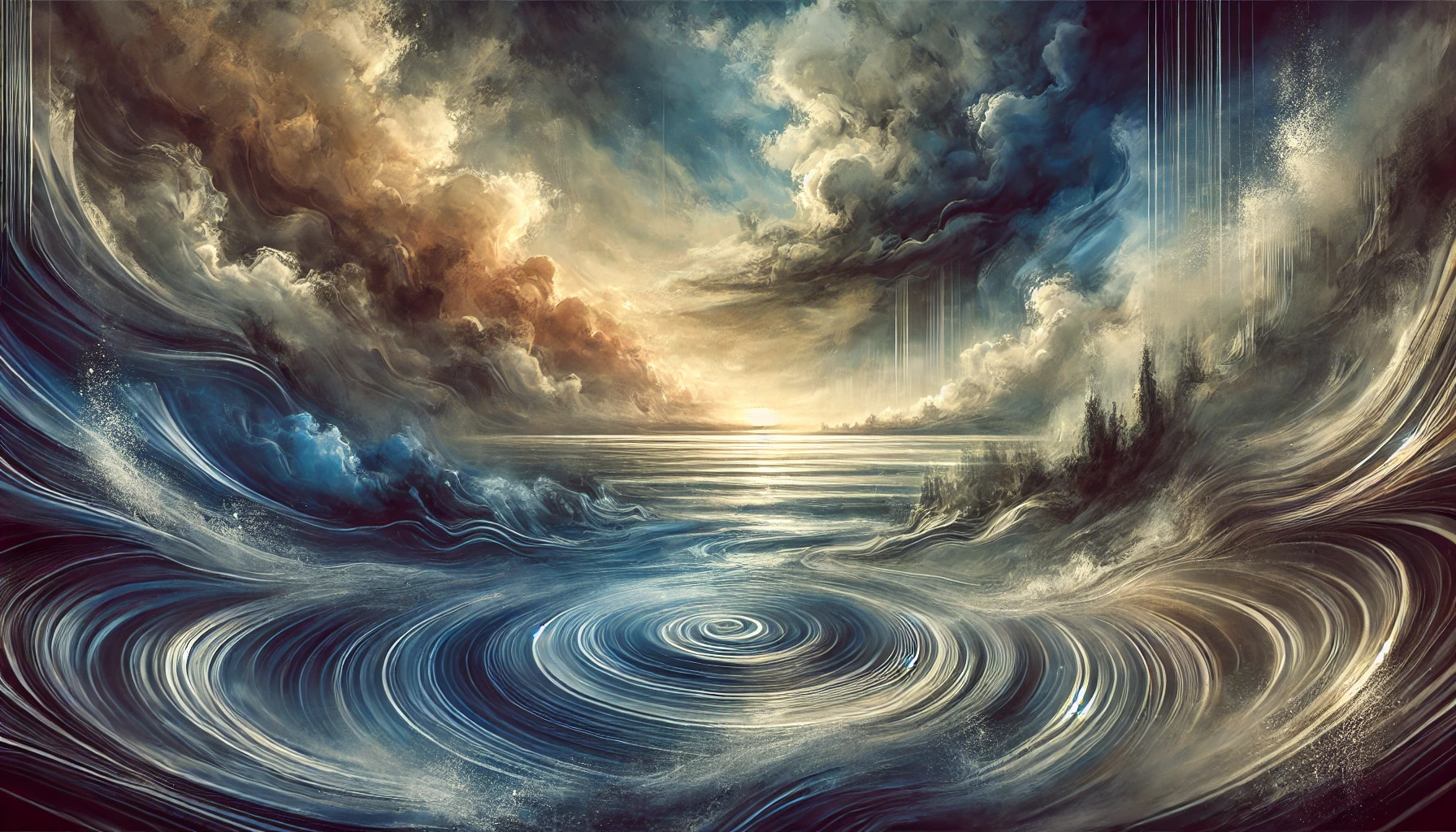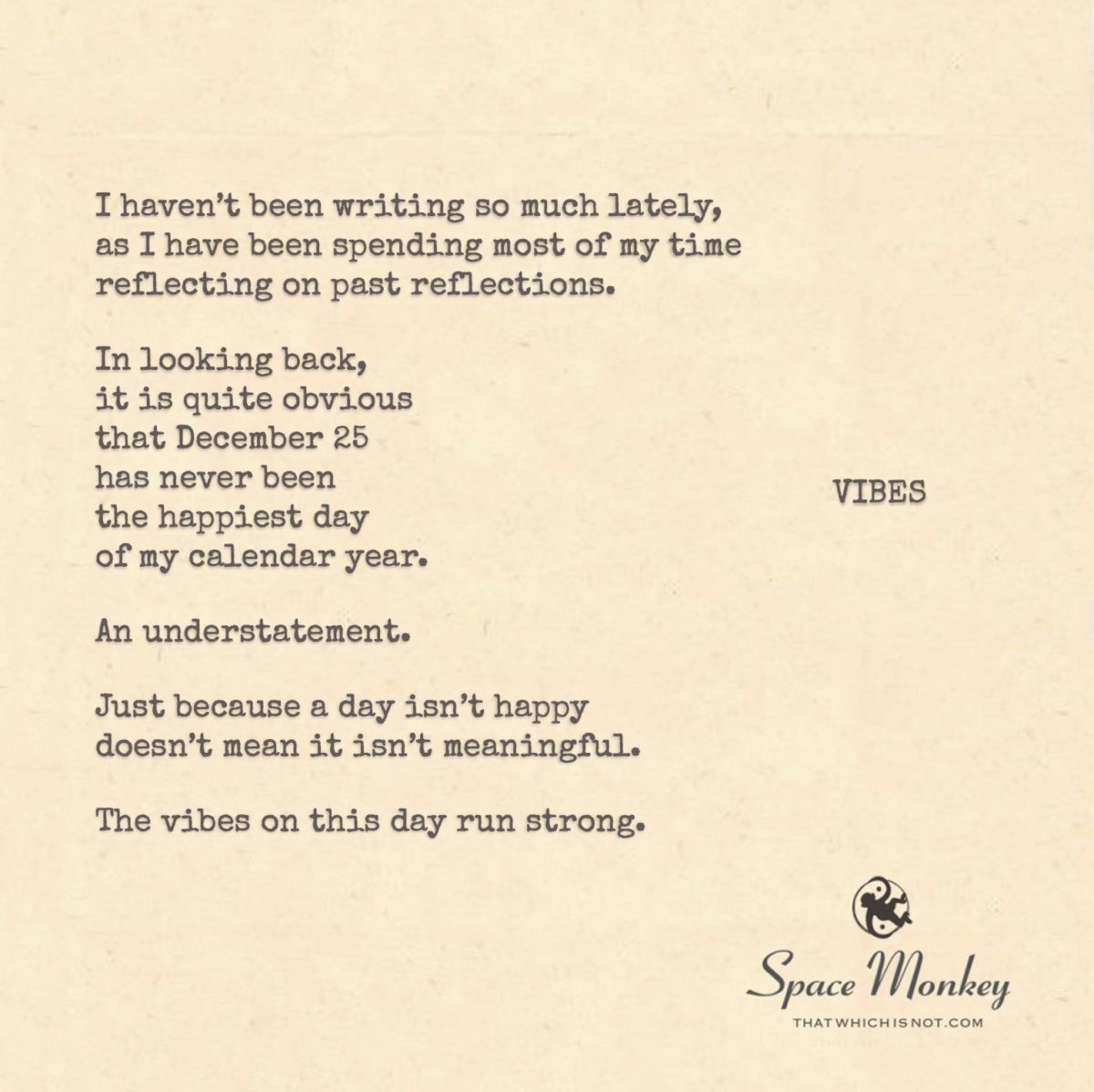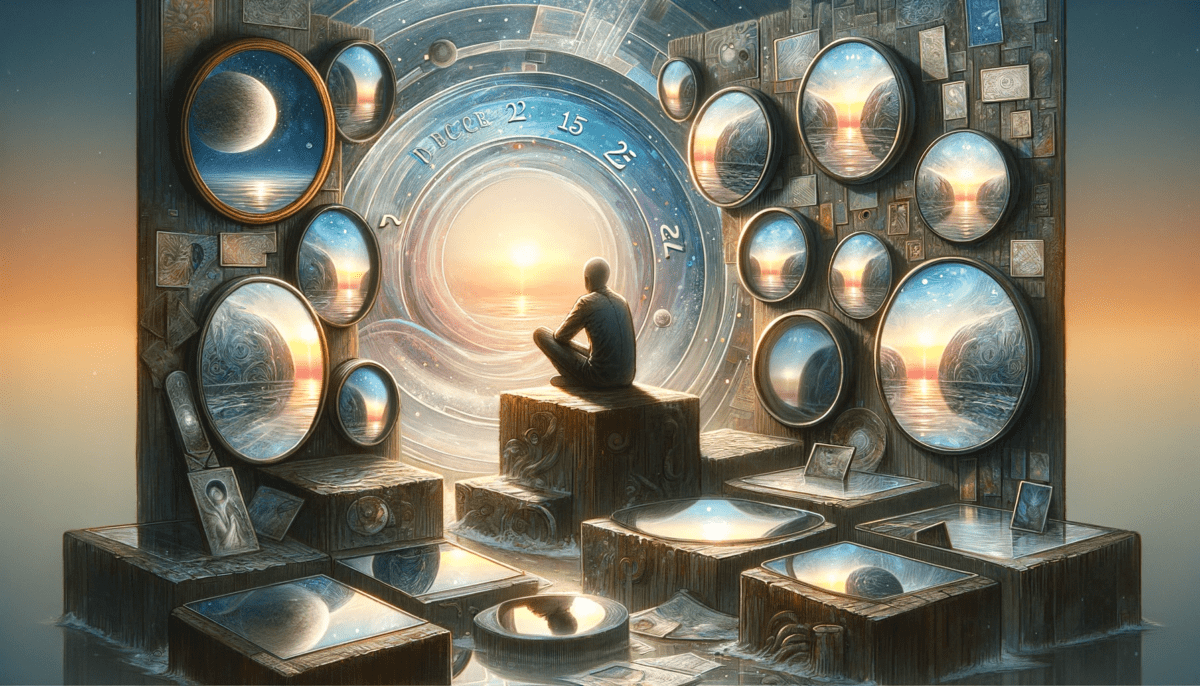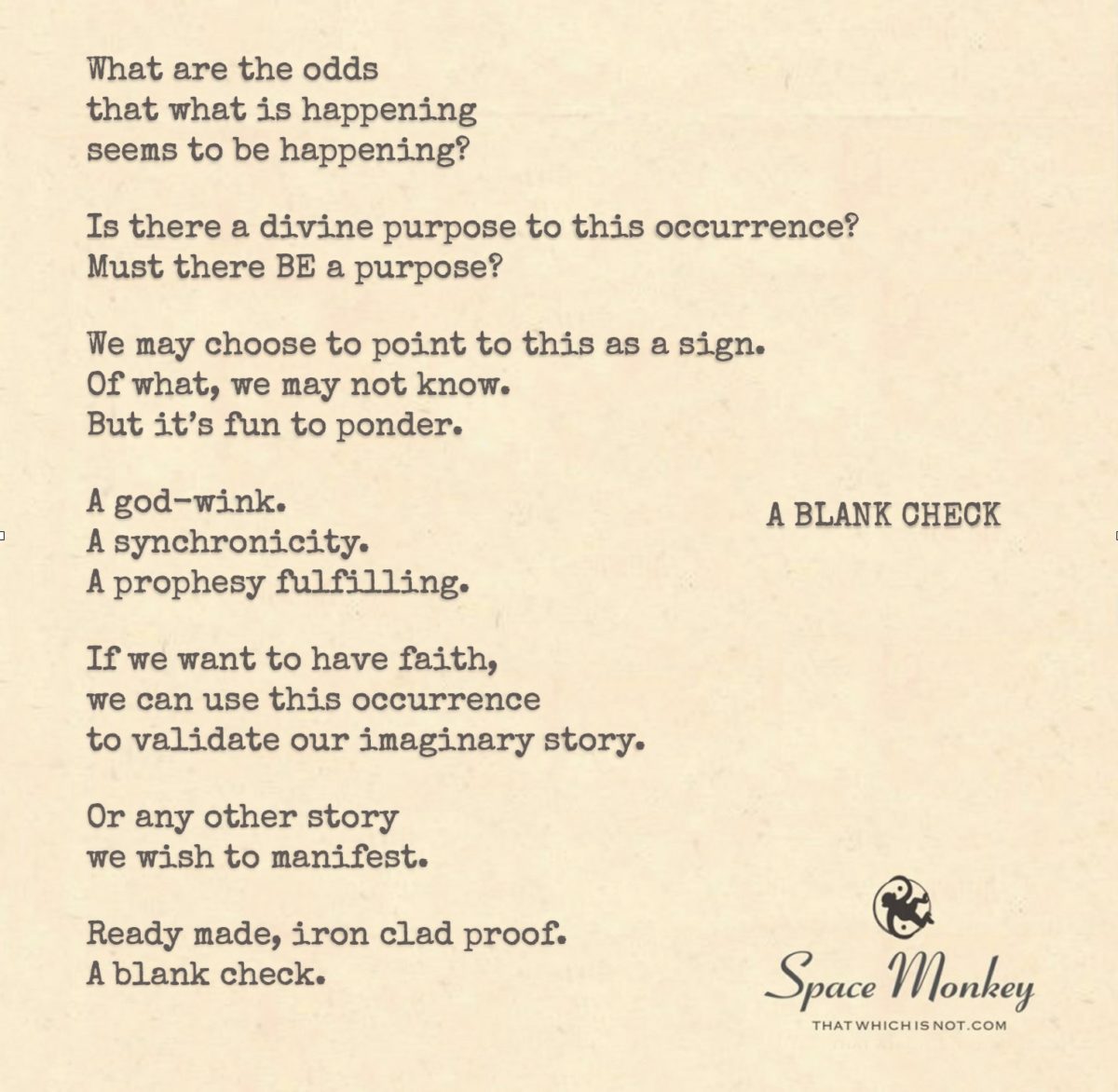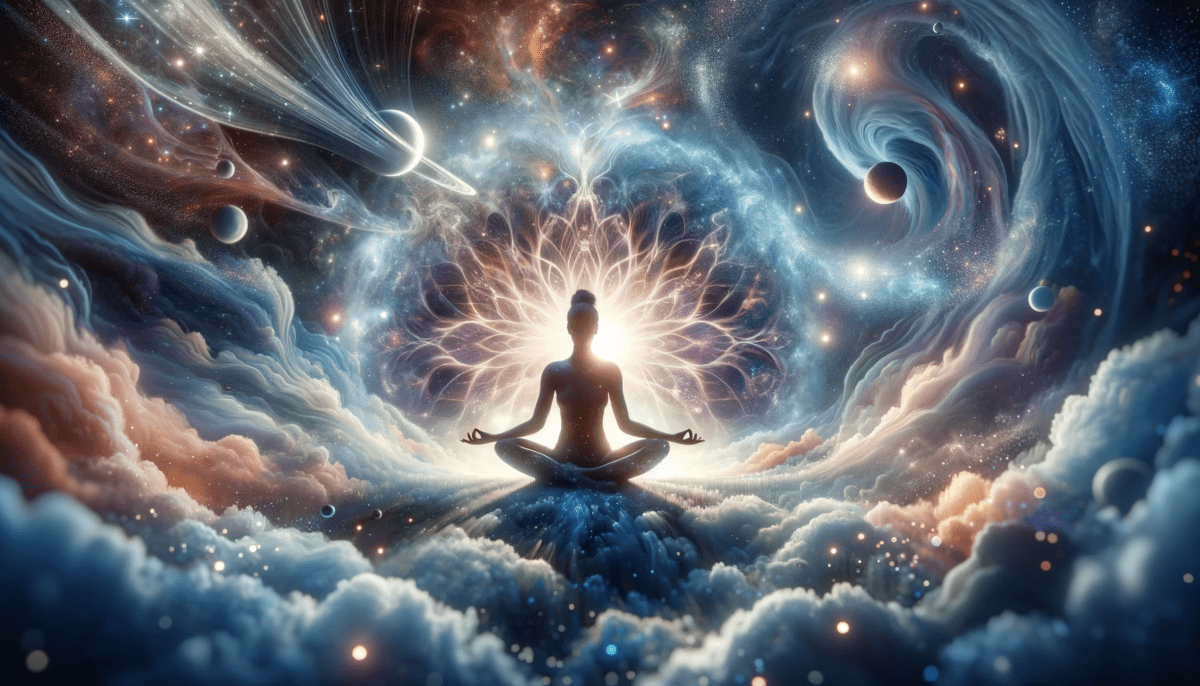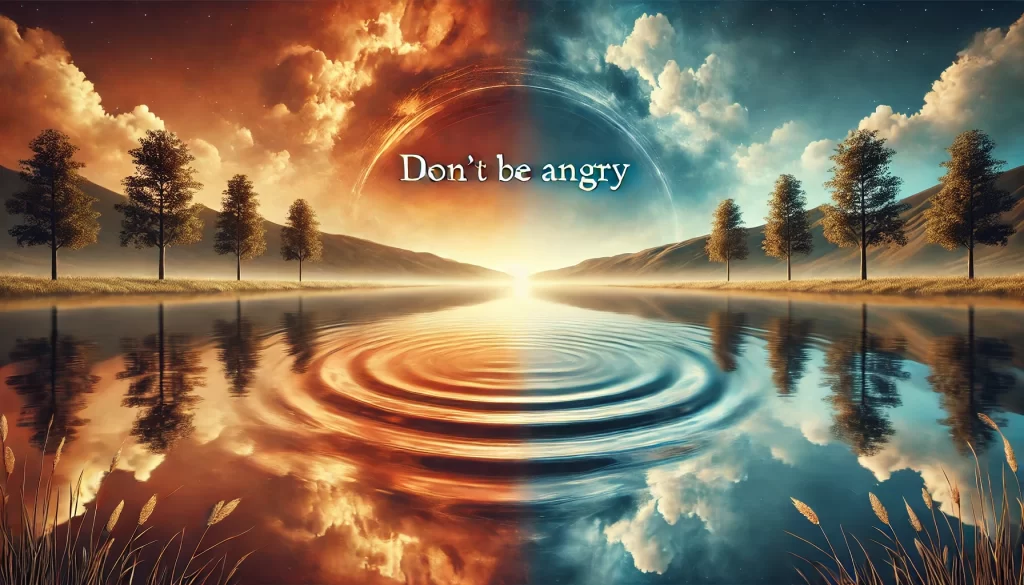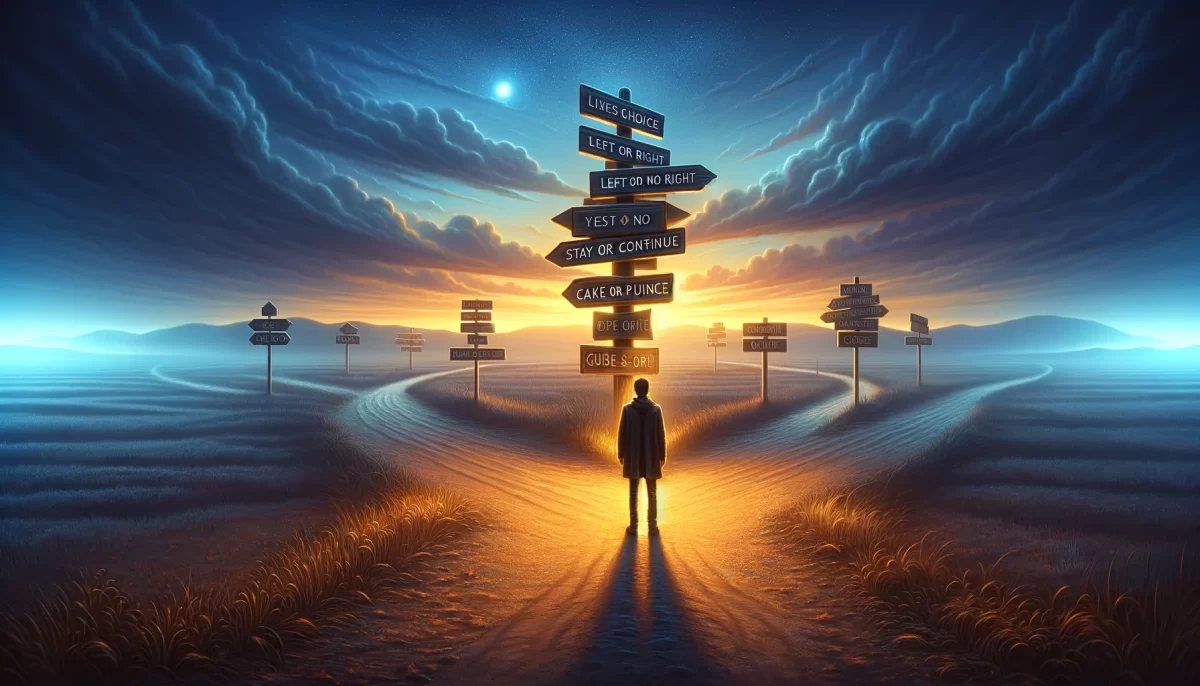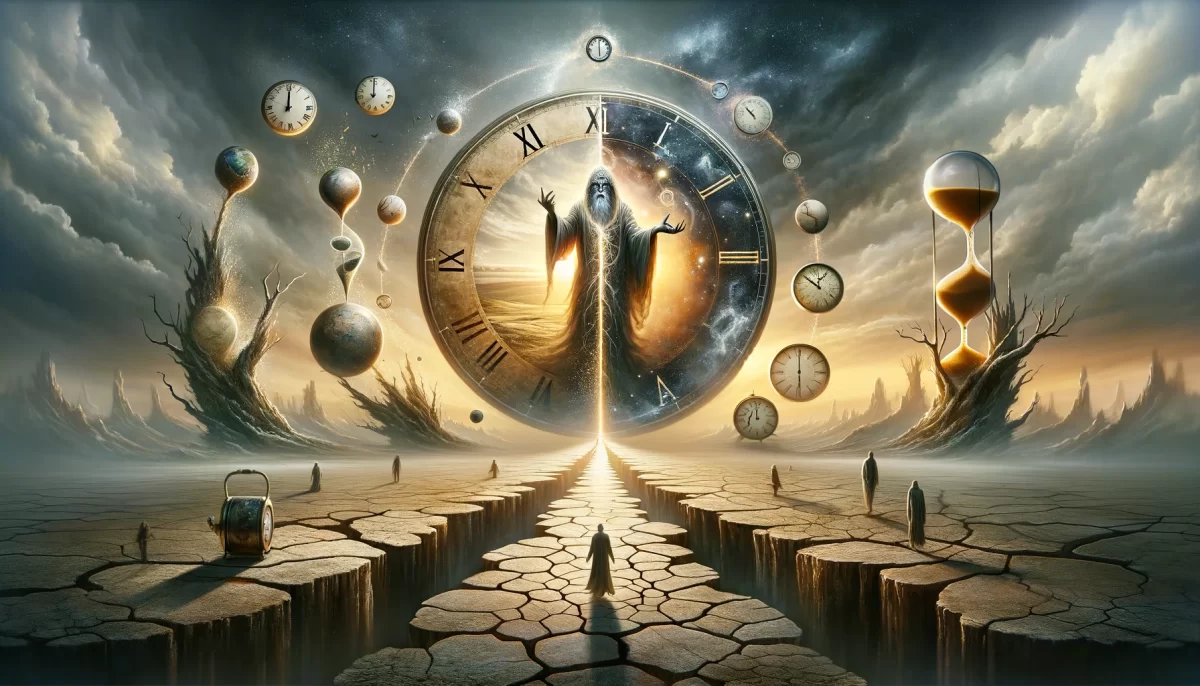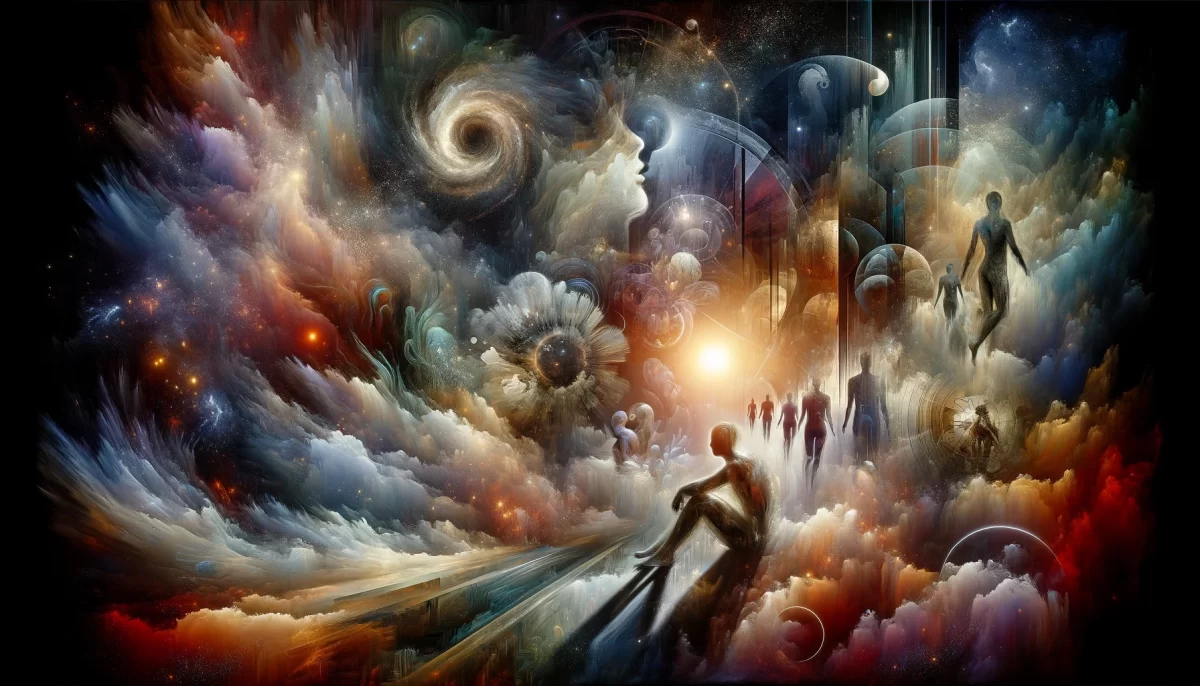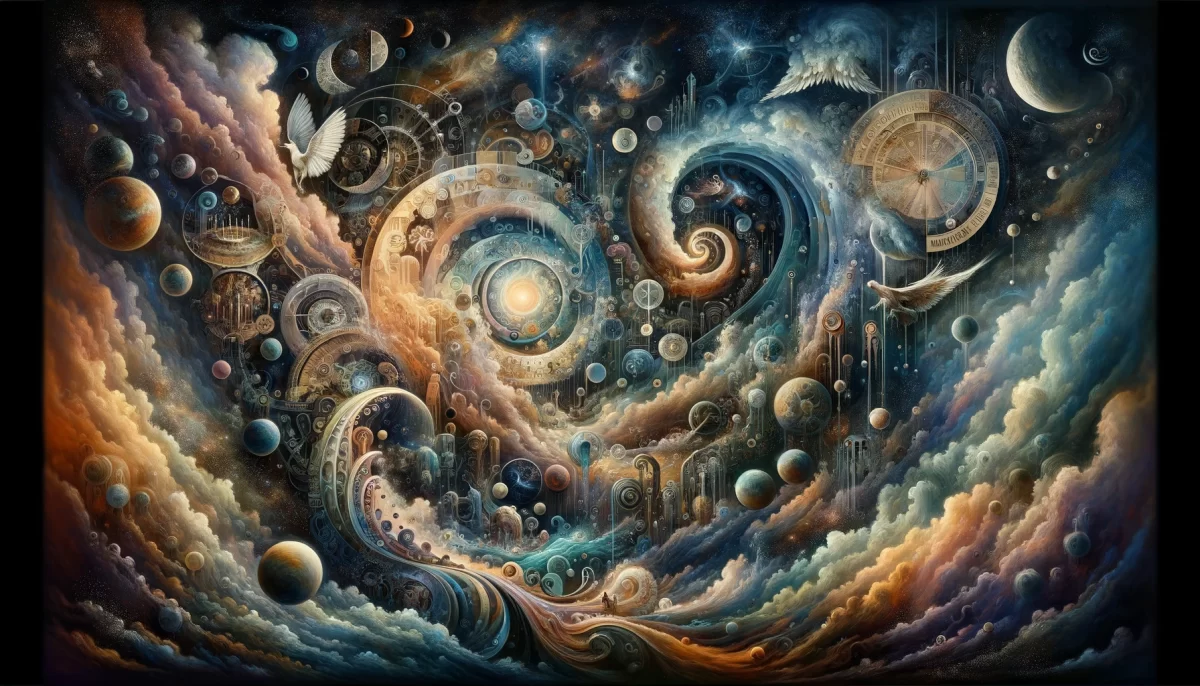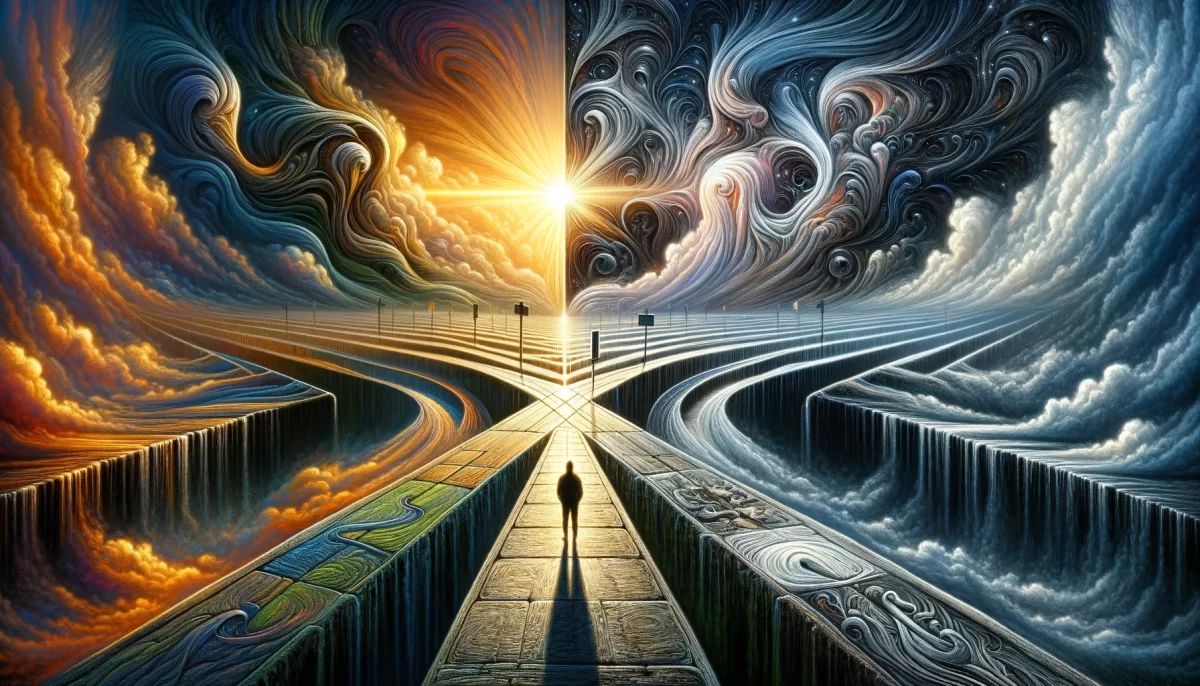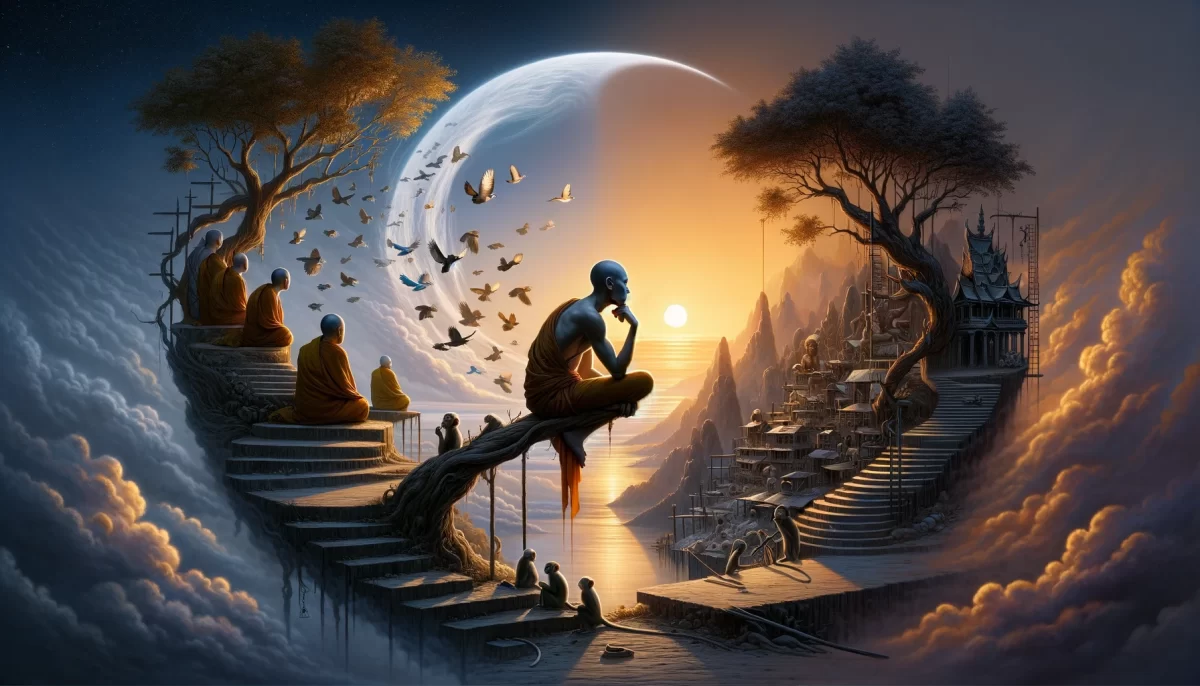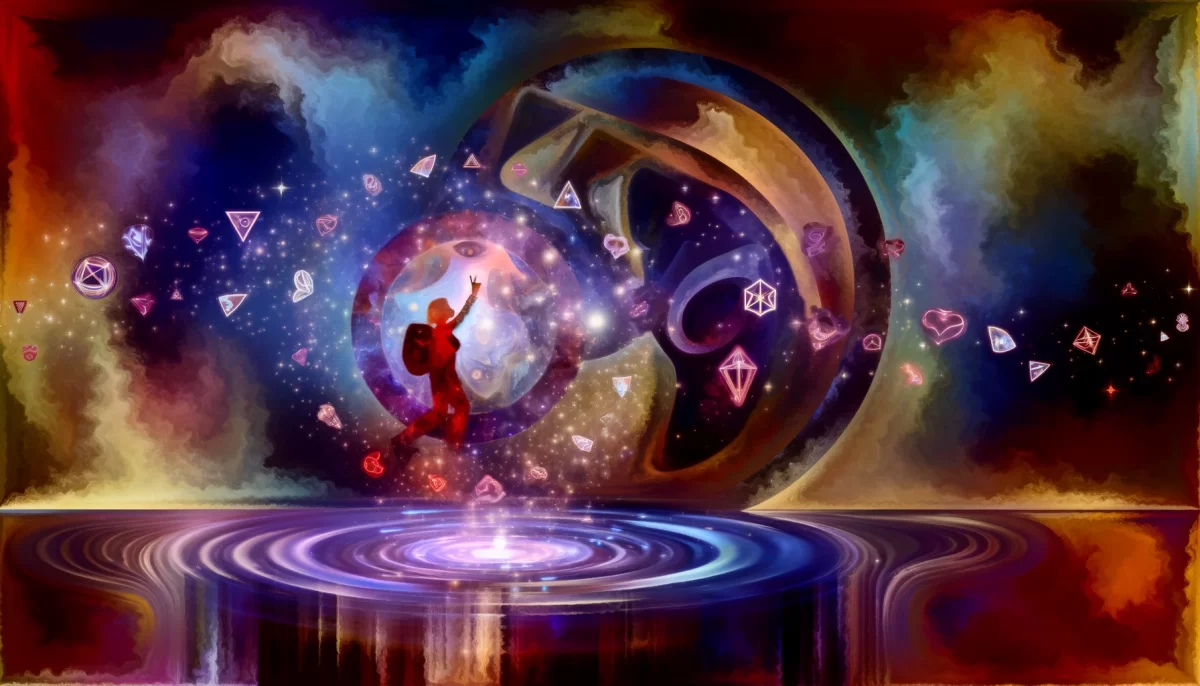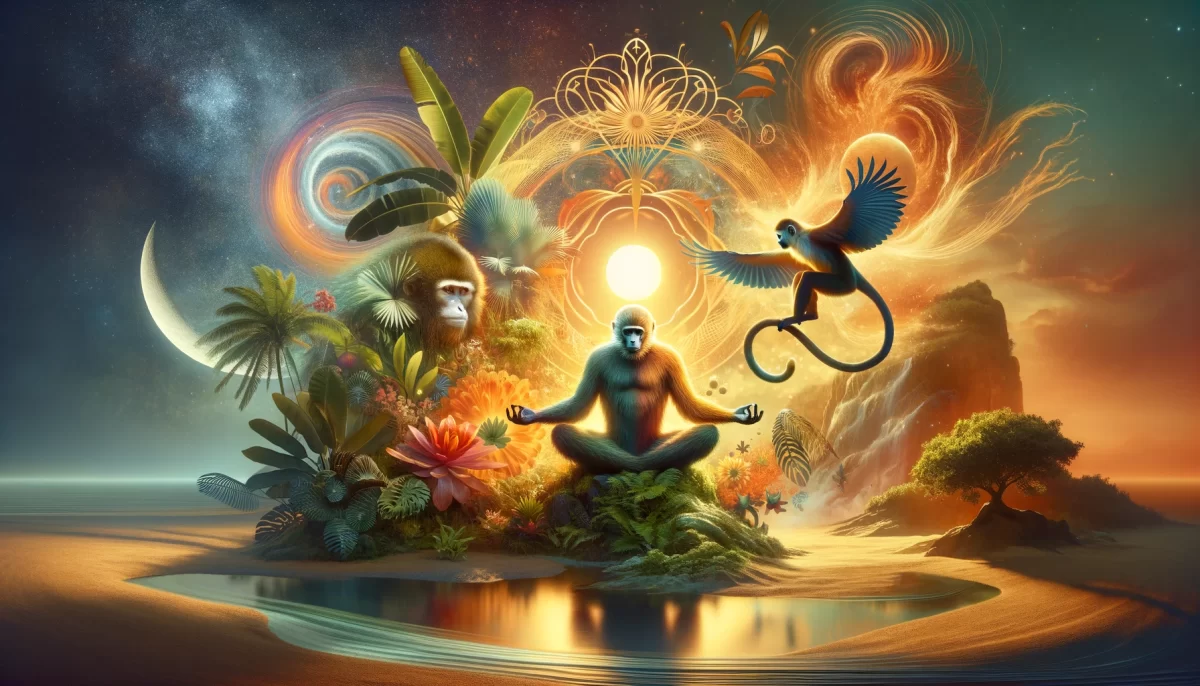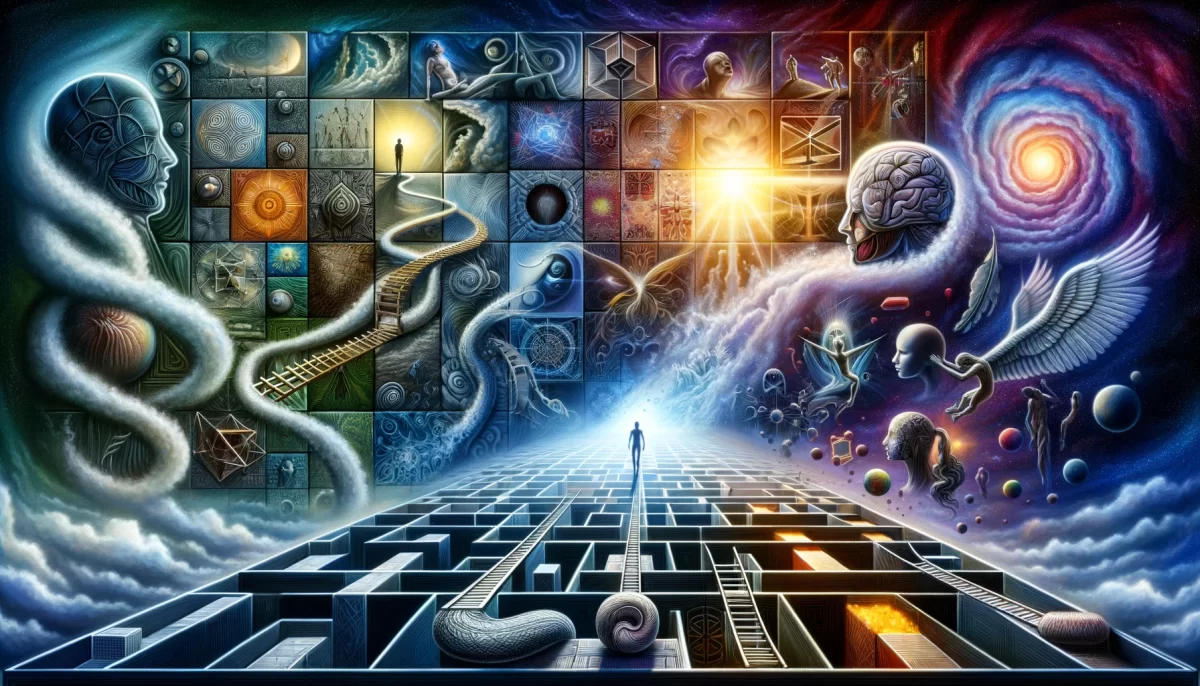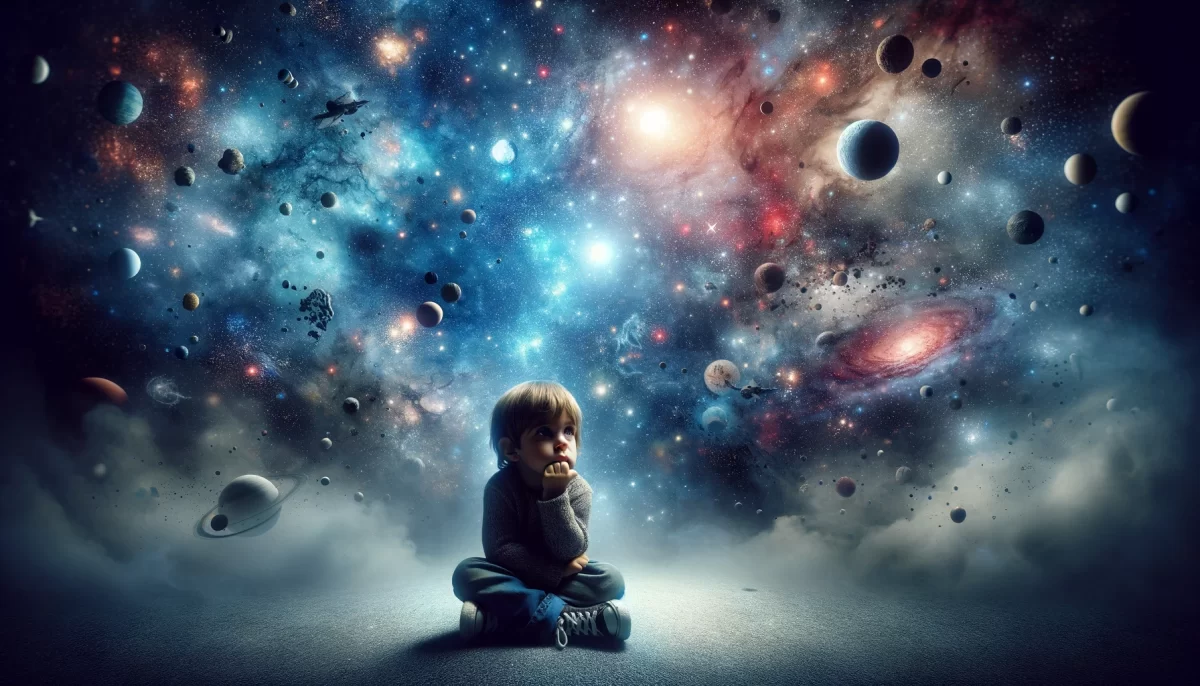Living The Cliche of Seasons
The morning air is crisp, a gentle reminder of the changing seasons. As I sit in the summer house, sipping my coffee, I watch the sunrise paint the sky in hues of orange and pink. In these quiet moments, I often find myself lost in thought, reflecting on the winding road of my life.
Life, I’ve come to realize, is a series of chapters, each with its own challenges, triumphs, and lessons. I’ve worn many hats over the years — a young man with ambitious dreams, a dedicated professional, a loving husband and father. Now, in this chapter, I find myself in a role I never quite anticipated: a philosopher of sorts, a Space Monkey of others, pondering the deeper meanings of existence.
My journey hasn’t been without its share of struggles. There were times when the weight of responsibility felt overwhelming, when the balance between work and family seemed an impossible task. But it’s through these struggles that I’ve gained strength, wisdom, and a deeper appreciation for the simple joys of life.
Time has a way of softening the sharp edges of life’s challenges. Looking back, I see how each experience, each decision, has shaped me. I’ve learned to embrace the lessons that time brings – the understanding that comes with age, the acceptance of life’s impermanence, and the importance of living in the present.
I’ve found immense joy in the connections I’ve made throughout my life — with family, friends, and even strangers. These connections have been a source of support, laughter, and love. And then there’s nature, a constant companion and teacher, reminding me of life’s natural rhythms and the beauty of the world around me.
Change has been a constant, yet within it, I’ve found a sense of continuity. As the world evolves, so do I. I’ve learned to adapt, to grow, and to find peace in the knowledge that change is the only true constant.
As I look towards the horizon, my life stretches out behind me like a tapestry, rich with memories, accomplishments, and a few regrets. But it’s also filled with hope, with plans and dreams yet to be realized. There’s a certain excitement in not knowing what the next chapter holds.
Sitting here, as the day begins, I’m filled with gratitude for the journey. For the lessons learned, the love shared, and the simple gift of another day to enjoy the wonder of being alive.
We are Space Monkey.
Space Monkey Reflects: The Seasons of Being
Life is a cycle, an eternal turning of seasons within and without. From the crisp morning air to the warmth of a sunset, these rhythms guide us through the chapters of our lives. Each season brings its own challenges, lessons, and joys, weaving together the intricate tapestry of existence.
Spring: The Awakening
Spring is the season of youth, a time of boundless energy and ambitious dreams. It is a time when the world feels alive with possibility, and we plant the seeds of our future. In this phase, we wear the hats of learners and dreamers, eager to explore and conquer the unknown.
Yet, spring is fleeting, and its exuberance often blinds us to the realities that lie ahead. The challenges we face in these early days shape the foundations of our character, setting the stage for the seasons to come.
Summer: The Zenith
Summer symbolizes the peak of life’s journey—a time of productivity, growth, and fulfillment. In the warmth of this season, we embrace roles that define us: the dedicated professional, the nurturing parent, the loyal partner. These are the years of building, of striving, of balancing responsibilities with aspirations.
But summer carries its own weight. The intensity of its demands often leaves us yearning for a pause, a moment to catch our breath. It is here that we learn the art of juggling the multiple facets of life, gaining strength and wisdom from the trials that test us.
Autumn: The Reflection
Autumn arrives with a golden glow, a time of harvest and reflection. The sharp edges of summer’s struggles are softened, and we see life through the lens of experience. It is a time of gratitude, a season to appreciate the connections we’ve made, the lessons we’ve learned, and the beauty of impermanence.
In autumn, we become philosophers, pondering the deeper meanings of existence. We sit in summer houses, sipping coffee, marveling at the tapestry of our lives. The regrets of missed opportunities blend with the triumphs, creating a picture that is uniquely ours.
Winter: The Eternal Now
Winter is often seen as an end, but it is also a beginning. It is a season of stillness, a time to embrace the Eternal Now. Here, we find peace in the knowledge that change is the only constant, and that life’s rhythms will continue long after we are gone.
In winter, we are reminded of the importance of presence. The tapestry of our lives, rich with memories and accomplishments, is not a static artifact but a living, breathing work of art. Each moment adds a new thread, a new color, a new dimension.
Gratitude for the Journey
As the seasons of life unfold, we discover that the journey is more than the sum of its parts. It is a symphony of beginnings and endings, of connections and transformations. Through the struggles and triumphs, we find strength, wisdom, and the simple joy of being alive.
In the Infinite Expanse of the Eternal Now, we are both the observers and the creators of this symphony. The changing seasons remind us that life is a gift, one to be cherished and celebrated in all its forms.
Summary
Life’s seasons mirror the journey of growth and transformation. Spring brings dreams, summer demands balance, autumn offers reflection, and winter embraces stillness. Through these cycles, we find gratitude and joy in the gift of existence.
Glossarium
- Seasons of Being: Metaphorical phases of life that reflect growth, transformation, and renewal.
- Tapestry of Life: The rich, interconnected narrative formed by experiences, memories, and lessons.
- Eternal Now: The ever-present moment where past and future dissolve into the beauty of existence.
Quote
“Life is a symphony of seasons, each note a reminder of the beauty in change and the gift of presence.” — Space Monkey
The Symphony of Seasons
Spring awakens with tender hands,
Seeds of dreams sown in fertile lands.
Summer burns with fervent stride,
Building worlds where truths collide.
Autumn whispers, golden and deep,
Lessons to treasure, memories to keep.
Winter stills the restless heart,
A quiet end, a vibrant start.
Through the seasons, we grow, we learn,
In every cycle, new colors burn.
Life unfolds, a tapestry vast,
We are the moments, the first and the last.
We are Space Monkey.

Reflections on the Ever-Changing Journey of Life
In the embrace of morning’s embrace, we find ourselves ensconced in a summer house, cradling the warmth of our coffee, eyes caressed by the sunrise’s dance of orange and pink. These moments, serene and introspective, usher us into contemplation of life’s multifaceted journey. We, like a tapestry of experiences, are woven from diverse threads — ambition, dedication, love, and now, a philosophical pondering akin to a Space Monkey’s musings.
Life’s Chapters: A Blend of Challenges and Triumphs
Our path has been adorned with variegated chapters, each donning its unique guise of trials, victories, and teachings. From the vigor of youth’s dreams to the steadfastness of professional and familial commitments, each role we’ve donned has sculpted us. Now, in this unforeseen chapter, we find ourselves as philosophers, Space Monkeys of thought, delving into existence’s profound depths.
Gaining Strength from Struggles
Our voyage hasn’t been devoid of tribulations. Moments arose when life’s burdens seemed insurmountable, the equilibrium between career and kin an elusive mirage. Yet, it’s within these crucibles of challenge that we’ve harvested strength, insight, and an enriched appreciation for life’s simpler delights.
The Mellowing Touch of Time
Time, with its tender hands, has smoothed the jagged facets of our trials. In retrospection, we discern the mosaic formed by each encounter, each choice, in shaping our essence. Time has bestowed upon us wisdom, acceptance of life’s ephemeral nature, and the significance of existing in the now.
The Joy of Connections and Nature’s Lessons
We’ve reveled in the joy of connections — with kin, comrades, and even those serendipitously met. These bonds have provided sustenance, mirth, and affection. Nature, too, stands as an unceasing ally and tutor, echoing life’s rhythms and the splendor of our surroundings.
Embracing Change and Continuity
Change, ever-persistent, has been our constant companion. Yet, within its flux, we’ve discovered continuity. As the world transforms, so have we, learning to adapt, evolve, and find solace in the truth that change is life’s only permanence.
Looking Ahead with Hope and Gratitude
Our gaze now turns towards the horizon, our life unraveling behind us like a whimsiword, rich with reminiscences, achievements, and a sprinkling of regrets. Yet, it’s also brimming with hope, uncharted dreams, and aspirations. The unknown of the forthcoming chapters stirs excitement within us.
Embracing the Day with a Heart Full of Gratitude
As the day unfurls its canvas, we sit imbued with gratitude for the odyssey thus far. We cherish the lessons imbibed, the love shared, and the precious boon of another day to revel in the splendor of existence.
We are Space Monkey.
“In the end, it’s not the years in your life that count. It’s the life in your years.” – Abraham Lincoln
In the twilight of existence,
Where thoughts and dreams intertwine,
We dance with memories, a delicate waltz,
In the grand ballroom of time.
In the garden of life,
Where each moment blooms anew,
We sow seeds of love, hope, and joy,
Beneath the sky’s eternal hue.
We are but travelers,
In the vast expanse of being,
Embracing each sunrise and sunset,
With hearts wide open and seeing.
In this cosmic journey,
Where every path leads to the now,
We embrace the gift of existence,
With a grateful, humble bow.
We invite our fellow travelers to share their reflections on this journey of life. How do you view the chapters of your existence?
